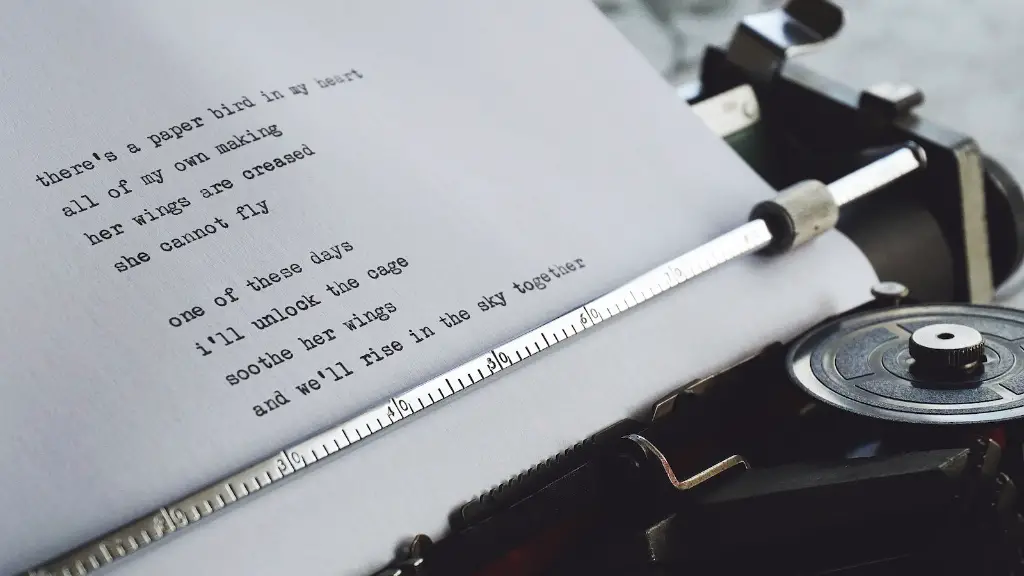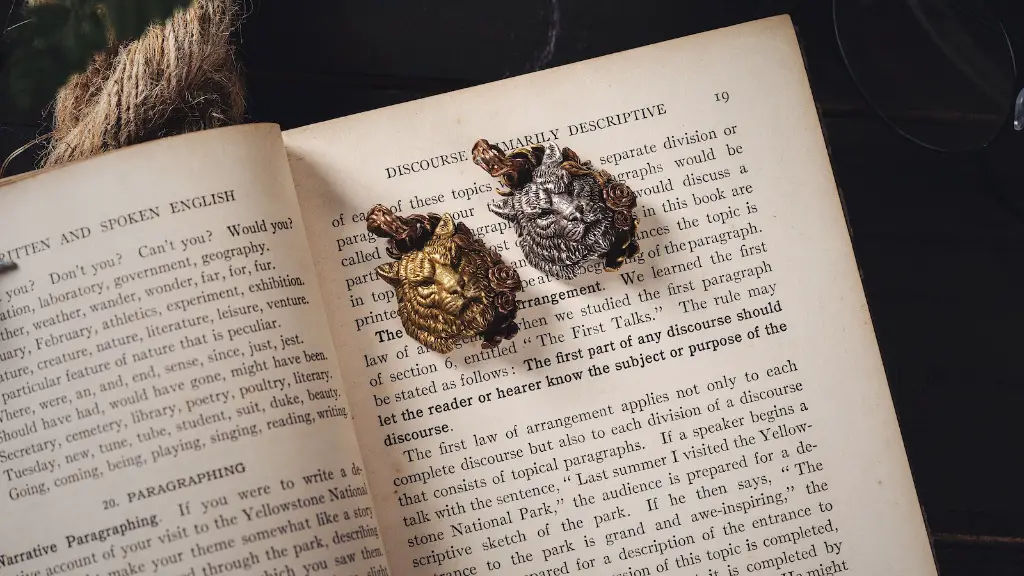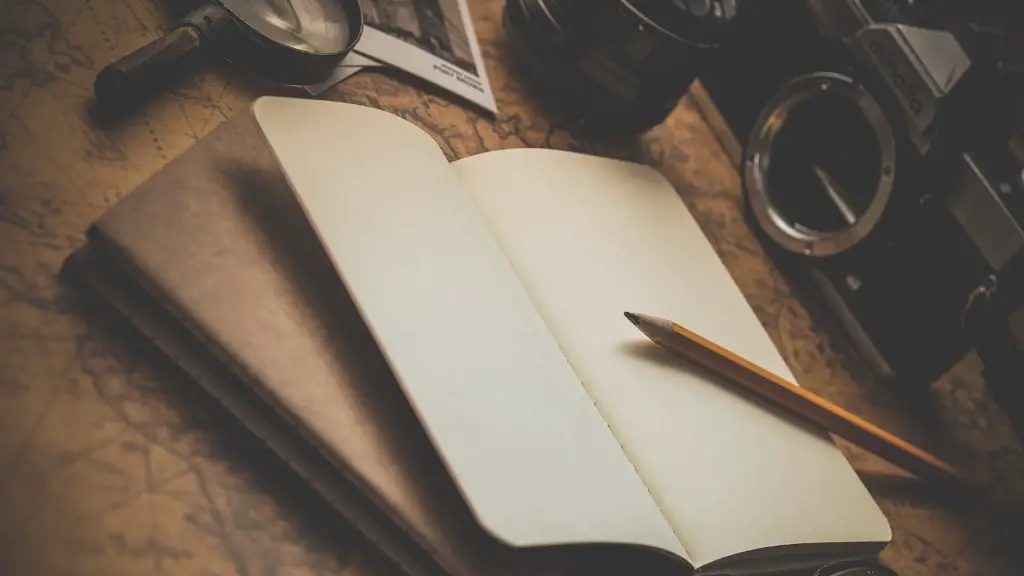The Art of Poetry in Everyday Life
Poetry is one of the oldest art forms, with many of the oldest written works being in poetic style. As the centuries have gone by, however, the art of poetry has changed and evolved in tandem with the world around it. In the 21st century, one of the most common and compelling places to find poetry is in our everyday lives, in the form of songs, film and television etc.
From the melodies of popular music, to the lines of dialogue of television drama and the language of blockbuster films, it is easy to make a case that poetry has never been more pervasive than now. It is easy to overlook the poetic structure and imagery used in some of these works, from the hyperbolic nature of the words that are written into the emotional music of songs, to the choice of words and phrases used by screenwriters in television dialogue.
Perhaps even more interestingly, there is a growing trend for modern poetry to interact with the everyday world around us. Technologies like interactive computer programs and even smartphones are now being used to create and experience poetry, with the works they produce often being rooted in the everyday landscapes of their users. From projects that generate poetry from satellite images to interactive programs that can help users generate poetry from their own experiences, modern poets are using a variety of tools to make poetry more accessible and relevant to people’s lives.
Poetry in Music
Arguably the most obvious example of poetry in everyday life can be found in contemporary popular music. Even the most cursory survey of modern songs reveals a rich seam of poetic lyricism, from the emotive poetry of many of the biggest rap and hip hop acts, to the more literary poetic structures found in rock and indie music.
In fact, some of the best and most successful songs are those that contain a particularly poetic quality, with the words and melodies intertwining seamlessly, leading to the formation of powerful messages and emotion-laden lyrics. It is hard to deny, for example, the power of ballads like Whitney Houston’s “I Will Always Love You,” or Eminem’s “Lose Yourself,” both songs that feature poetic language, structure and imagery.
These songs are just two examples of the inherently poetic nature of contemporary music, and further reinforce the idea that poetry is a part of everyday life.
Poetry in Film and Television
Another common way to find poetry in everyday life is through film and television. Here, poetic language is often used to great effect, allowing the storytellers to elicit an emotional response in the audience and create scenes of beauty and poignancy.
One of the most recognizable examples of poetry in TV drama is on the award-winning show, “Game of Thrones”. Throughout the show, the characters speak in incredibly poetic language. This is often used to create scenes of dark beauty, with lines such as: “When the snows fall and the white winds blow, the lone wolf dies, but the pack survives,” capturing the show’s complex and often emotive mood.
Similarly, many classic films use poetry to great effect. In The Godfather, for instance, Don Corleone utters one of the most iconic phrases ever seen onscreen, with the words: “I’m gonna make him an offer he can’t refuse,” being delivered in epic and poetic style.
Interactive Poetry On Modern Technology
As technology advances and poetry becomes ever-more intertwined with the digital world, there is a growing trend for modern poets to utilize digital tools to create, display and experience poetry. These works can range from interactive computer programs that generate poems from satellite imagery to smartphone apps that allow users to write and share their own works.
Indeed, one of the most interesting aspects of digital poetry is the way that it tries to bridge the gap between art and everyday life. In many ways, this form of poetry is rooted in the everyday world of its users, with many works reflecting the real-life, sometimes mundane, experiences of the poet.
In this way, digital poetry seems to be able to make the poetic more engaging and accessible to a wide audience. With works that reflect the lives of its users, interactive digital poetry makes it easier for people of all backgrounds to relate to, relate to, share and interpret the words of modern poets.
Social Media and Poetry
Social media platforms have also allowed modern poets to make their works more accessible to everyday people. Platforms like Instagram, Twitter and Tumblr make it easier for poets to share their work with a wider audience, with hashtags and trending topics helping to make their work more visible.
This has had certain ramifications for the form itself. In some ways, social media platforms have put an emphasis on short form poetry, with many users trying to create engaging and thought-provoking pieces that fit within the allotted space provided by Twitter, for instance. This has led to the creation of some truly remarkable works, with many of the most successful pieces being pithy and highly poetic phrases, created to create emotion.
Poetry in Advertising
Finally, poetry can also be found in many of today’s ad campaigns. With advertising now relying on strong and emotive messages in order to capture their audience’s attention, it makes sense that they would turn to the ancient art of poetry. From poetic slogans and taglines, to song lyrics and jingles, poetry is being used to great effect in many ad campaigns.
Take one of Coca-Cola’s most successful campaigns, for example, “Open Happiness”. The slogan itself is a perfect example of poetic language being used in advertising, with powerful words like “open” and “happiness” having great connotations that evoke emotion, whilst the chorus of the song written for the campaign is a wonderful example of poetic structure and imagery.
It is clear that poetry is everywhere in today’s world, from our favorite songs, to our television shows and movies, to the commercials we see on a daily basis. It is vital that as poets, we recognize that our art is as relevant today as it ever was, and use the modern technologies available to reach more people and make more impact.
Print and Online Poetry Publications
The past few decades has seen a considerable increase in the number of print and online poetry publications and magazines. This is a testament to the ongoing relevance of poetry in the modern world, with traditional forms of the art being given new life in the digital realm.
Online poetry magazines such as Poetry Magazine, The American Poetry Review and The Atlantic have created a new platform for poets to share their works, as well as providing a place for conversations about poetry to take place. Many of these publications also offer opportunities for poets to submit their works and interact with other writers.
The emergence of these publications has led to an explosion of creativity and collaboration in the world of poetry, with writers gaining access to a wealth of knowledge and insights that were not available to them before. These magazines are invaluable resources for writers and readers alike and provide an invaluable platform for the exchange of ideas and emotions.
Language Poetry
One of the most exciting trends in modern poetry is the rise of language poetry. This is a form of poetry where words are used to form an emotive response in the reader. The works often use a combination of language and imagery to create a distinct visual style, and many of them often feature elements of surrealism and abstraction.
This form of poetry is often thought to have originated in the 1920s and 1930s, but it has seen a surge in popularity in recent years, especially on sites like Instagram and Tumblr. Language poets such as Patricia Lockwood and Trista Morris have used the platform to share their works and have seen considerable success, with their works gaining thousands of likes and shares.
Language poetry is an incredibly powerful tool, and its emotional impact is undeniable. In its short form, language poetry allows poets to express their thoughts and feelings to a large group of readers in an emotional and succinct way.
Poetry In Public Spaces
As poetry becomes increasingly popular, many organizations and events have started to integrate poetry into public spaces. From festivals and galleries to libraries and schools, poetry is often used to bring together people of all ages and backgrounds and to evoke emotions in response to the world around us.
These events often take the form of festivals or open mic nights, where poets come together to share their works, discuss ideas and often collaborate on new pieces. The public nature of these events makes them particularly appealing to many people, as they allow those who attend to feel connected to the works of the poets in a way that would not be possible when reading their works online.
In addition to festivals and open mic nights, many city councils are now commissioning poets to display their works in public spaces. This is particularly visible in many of the world’s leading cities, from London to New York, where poems are often engraved into streets and public squares as a reminder of the power of words and the beauty of the art.
The Future of Poetry
It is clear that poetry has, and will continue to, occupy an important role in the world today. Its ability to evoke emotion, its use of language and structure, and its timeless quality make it an art form that will never become outdated. However, it is worth noting that the way that we experience, share and engage with poetry is changing rapidly.
The increasing popularity of technology and digital platforms means that we are able to access poetry in more ways than ever before. From interactive computer programs to open mic nights, the way that we experience and appreciate poetry has been revolutionized in the past few decades.
What’s more, the rise of social media has made it possible for a new generation of poets to share their works in exciting new ways. Many of today’s hottest poets have built their followings through the likes of Instagram and Tumblr, and with the use of hashtags and trend topics, this form of self-expression has connected people and spread the power of poetry further than ever before.
This all means that the future of poetry is looking incredibly positive, and suggests that the future of poetry will be one of adaptation and evolution. As more and more technologies and platforms become available to poets, the art form is sure to gain even more supporters and be shared around the globe like never before.


